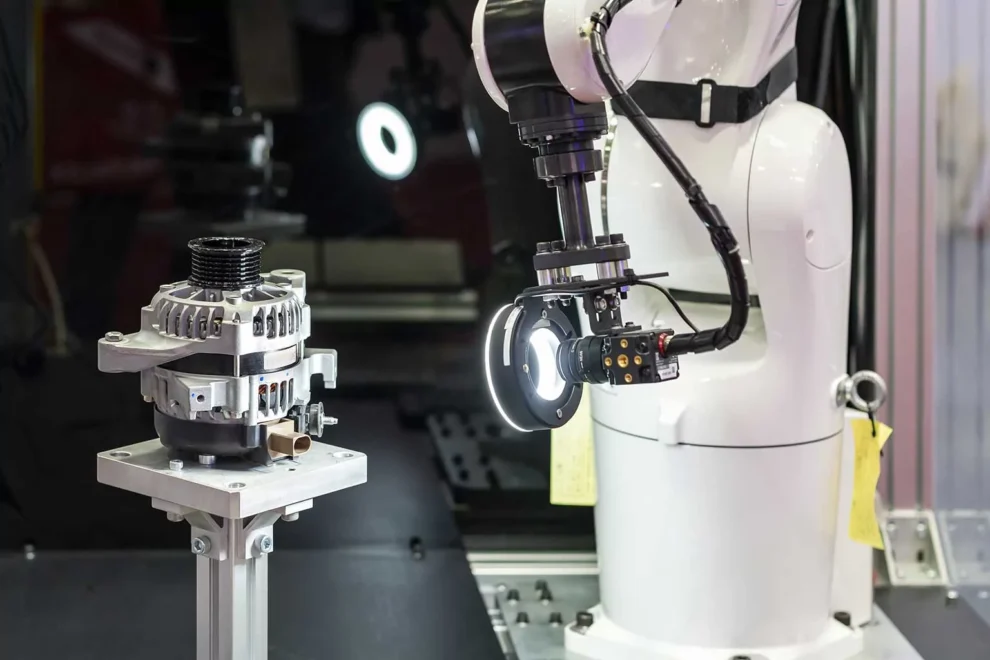In today’s fast-paced industrial world, maintaining consistent product quality is no longer a luxury—it’s a necessity. Companies are under immense pressure to deliver flawless products while keeping up with increasing production demands. This is where visual inspection systems have stepped in, transforming the landscape of quality control.
By integrating advanced technologies like artificial intelligence (AI), machine vision, and automation, visual inspection systems have become a game-changer across industries. Let’s explore how these systems are revolutionizing quality control and why your business might need one. What Are Visual Inspection Systems? Visual inspection systems use cameras, sensors, and software algorithms to analyze products during manufacturing.
Unlike manual inspection, which relies on human eyes and judgment, these systems are precise, consistent, and fast. From detecting surface defects to measuring dimensions, visual inspection systems can perform a variety of quality checks that would otherwise be time-consuming and prone to error if done manually. The Traditional Approach vs.
Visual Inspection Systems Manual Quality Control: ● Labor-intensive ● Prone to fatigue and human error ● Limited to small-scale or less-complex inspections Visual Inspection Systems: ● High-speed processing ● Consistent accuracy ● Scalable for large and complex operations While human expertise still has its place, visual inspection systems offer an unmatched le.


















